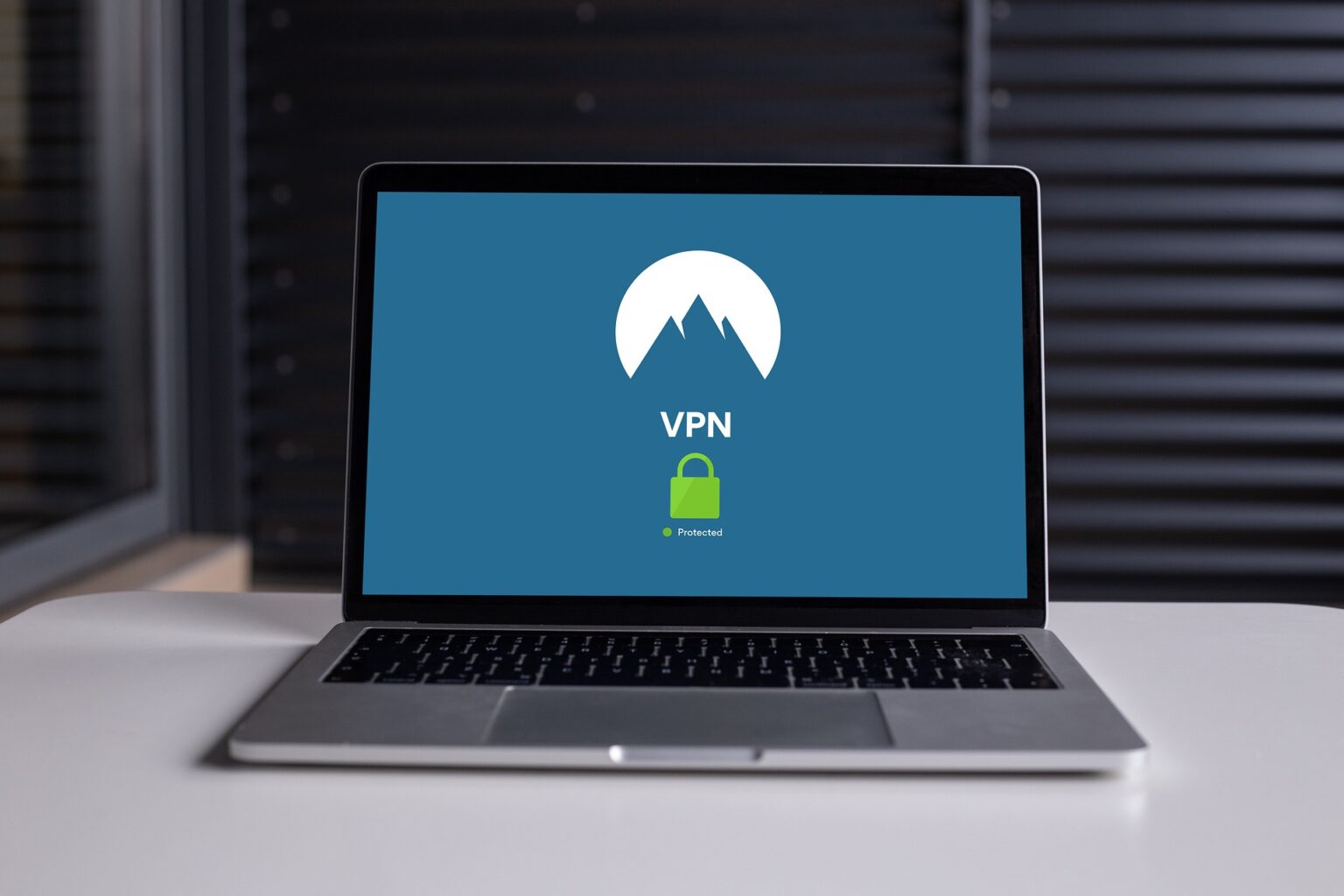

VPNs allow you to minimize your network's attack surfaces to a single (very secure) port forward for the VPN server. Do this enough times and the firewall that separates your home network from the internet starts to look like swiss cheese with all of the holes you've punched through it with those port forwards. If you don't utilize a VPN, then you have to port forward to make your Unraid homelab's local resources available over the internet. In doing so, this allows you to access all of your network's resources locally. Security- A VPN makes your remote laptop just another device on the network, just as if you were at home.With WireGuard, we're talking 15 minutes tops, assuming you have the prerequisite dynamic DNS already set up (if not, add maybe another 30 minutes). Even with all of the great guides available, you still have to know what you're doing. This stands in stark contrast to deploying the OpenVPN Docker container which, while certainly faster than deploying an OpenVPN server from scratch, still takes some effort. Rapid VPN Deployment- If you're new to Unraid or haven't otherwise deployed a VPN, the biggest reason to implement WireGuard is that it's extremely fast to deploy.In short, WireGuard is a lightweight VPN server/client embedded in the Linux kernel. From those of us new to homelabs to those of us with advanced setups, I am of course talking about WireGuard®. Unraid 6.8 was recently released and one of the main new features is a game changer for us all.

#Unraid vpn monitor software#
He uses it as network-attached storage for various hardware and software development projects. This image is officially supported on Docker version 1.12, with support for older versions provided on a best-effort basis.This guest blog is by TorqueWrench of the Engineer's Workshop who has been using Unraid since 2017. Also, the datetime format needs to be escaped as shown above (suing two %). Note that for the logo.jpg to be readable, you need to bind-mount it or pass an URL instead. Now OpenVPN Monitor should be accessible via. e OPENVPNMONITOR_SITES_1_HOST=openvpn-udp \ e OPENVPNMONITOR_SITES_0_SHOWDISCONNECT=True \ e OPENVPNMONITOR_SITES_0_HOST=openvpn-udp \ e OPENVPNMONITOR_DEFAULT_MAPSHEIGHT=500 \ e OPENVPNMONITOR_DEFAULT_LONGITUDE=144 \ e OPENVPNMONITOR_DEFAULT_LOGO=logo.jpg \ e OPENVPNMONITOR_DEFAULT_DATETIMEFORMAT="%%d/%%m/%%Y" \ So a minimal and accessible, yet non-functional, version of OpenVPN Monitor can be reduced to: This ensures compatibility of this image with future versions of OpenVPN monitor without too much maintenance. Everything else must be set and there is no whitelist of property names. The datetime_format defaults to %d/%m/%Y %H:%M:%S if none is provided. For this reason, the location of the geoip_data file is hardcoded in the configuration file.
#Unraid vpn monitor download#
See example below.īy default, GeoIP is automatically available (no additional download step is required). Note: if property contains underscores, like datetime_format and show_disconnect, you must pass those properties without the underscore.


 0 kommentar(er)
0 kommentar(er)
